According to a quick report on the drainage situation of Hanoi Drainage Company Limited, the rain on May 1 had an average intensity of 50-70mm, the rain only concentrated from 6-7am but many streets were flooded such as Vuong Thua Vu, Bui Xuong Trach, Nguyen Khuyen, Nguyen Trai, Nguyen Huy Tuong, Quan Nhan - Vu Trong Phung, Cu Loc, Nguyen Xien, Phan Boi Chau - Ly Thuong Kiet, Vinh Tuy, Pham Hung, Thai Ha, Trieu Khuc, Phu Xa...
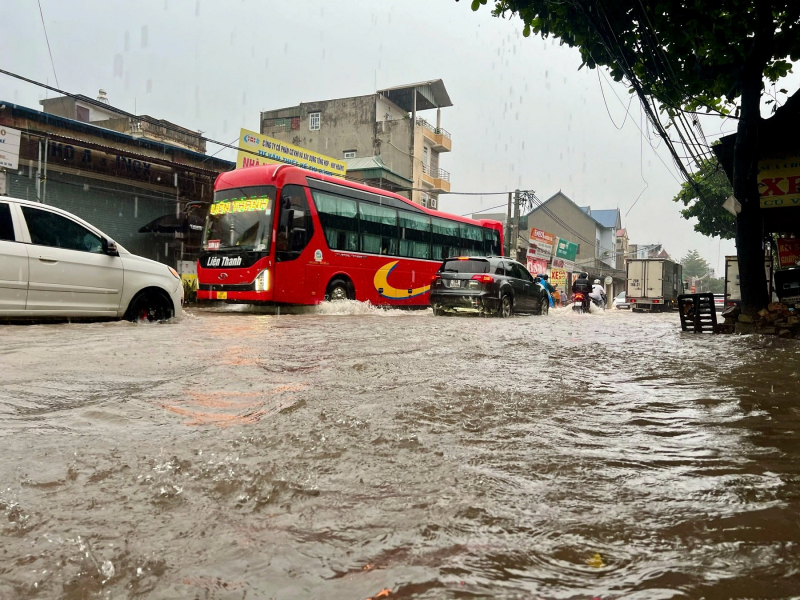
Recently, the Hanoi Department of Construction also issued a document requesting the Hanoi Technical Infrastructure Management Center to coordinate with the Traffic Infrastructure Maintenance Board to study plans and solutions to overcome flooding and waterlogging points as well as have traffic organization plans for these "black spots" of flooding. This unit also needs to study and coordinate with consulting units to immediately deploy solutions applying science and technology to effectively handle flooding points during the rainy season of 2025.
Notably, the Department of Construction requested to accelerate the implementation of the Project on investment in construction to prevent flooding for some points in the inner city districts and the projects to repair the drainage system in the city managed by the Department of Construction approved by the City People's Committee. The Traffic Infrastructure Maintenance Board was assigned to coordinate with the Hanoi City Technical Infrastructure Management Center to review and unify solutions and plans for organizing traffic safety at flooded points in the city.
According to the Department of Construction, Hanoi still has 30 flooded areas (11 flooded areas with rainfall from 50mm/h to 70mm/h; 19 flooded areas with rainfall over 100mm/h). To overcome the flooding situation, Hanoi is urgently implementing a number of projects such as: Drainage system, regulating lake, Vinh Thanh pumping station (Dong Anh district); upgrading and constructing Phuong Trach pumping station (Dong Anh district); improving the drainage system in the western area at Yen Nghia pumping station (Ha Dong district).
Along with that, a series of projects are being prepared for investment such as the rainwater drainage system in the left basin of Nhue River, the drainage system of Ha Dong district in the right basin of Nhue River, Gia Thuong Pumping Station, the regulating lake and Thuong Thanh canal (Long Bien district); the project to prevent local flooding for inner-city districts and some suburban districts.
Although there are many drainage projects, many of which have invested thousands of billions of VND, Hanoi still experiences flooding every year when it rains. Notably, the project to improve the drainage system in the western area of Hanoi (Yen Nghia drainage pumping station) was built with the goal of improving the drainage capacity of the western area of the city, including Cau Giay, Nam Tu Liem, Bac Tu Liem and Ha Dong districts with a total investment of more than 7,400 billion VND, implemented since 2015, including the construction of the Yen Nghia drainage pumping station and the hardening of La Khe canal to lead water to the suction tank.
However, up to this point, nearly 20 households have not yet handed over their land to implement the project for many reasons. The construction unit is focusing on the construction of the La Khe canal bed, which has now reached 80% of the volume. If there is no rain in the coming days and the weather is favorable for construction, this item will be completed before May 15. The remaining items are expected to be completed by the end of this year.
Another drainage project, the Lien Mac Headquarters Complex, was also proposed to be built with the expectation of draining and preventing flooding in the western region, including Cau Giay, Nam Tu Liem, Bac Tu Liem and Ha Dong districts. The total investment of the project is 3,635 billion VND. However, up to now, it is still in the status of a "suspended" project.
To solve the problem of flooding in large cities including Hanoi, according to Dr. Trieu Duc Huy, Deputy General Director of the National Center for Water Resources Planning and Investigation (NAWAPI), currently, the groundwater level in large urban areas of Hanoi is increasingly being lowered due to overexploitation, posing many potential risks of saltwater intrusion, pollution, and land subsidence. Meanwhile, the potential for collecting rainwater and surface water into aquifers is very large. Collecting rainwater to replenish groundwater is also one of the solutions to solve urban flooding.
"Currently, the Law on Water Resources has provided guidelines, solutions, and regulations for collecting rainwater and treating it before it is released into the groundwater. I think that large cities like Hanoi and Ho Chi Minh City, if they want to solve flooding, can use the solution of collecting rainwater and sending it underground. Secondly, we can also collect rainwater and send it to underground tanks so that we can exploit it to water plants, wash roads, or for other purposes," Dr. Trieu Duc Huy suggested.
According to Dr. Dao Ngoc Nghiem, Vice President of the Vietnam Urban Planning and Development Association, Hanoi is currently divided into three drainage areas: the North of Hanoi, the Left of the Day River and the Right of the Day River. However, pumping stations to pump water locally and intermediate stations to transfer to the downstream stations have not been built yet. In addition, downstream pumping stations have not yet been able to ensure that they have enough capacity to pump all the water. On the other hand, many pumping stations have not been built, making drainage even more difficult.
Dr. Dao Ngoc Nghiem shared that the experience of countries around the world in preventing and combating flooding shows that 3-5% of the land surface must be used as water regulating lakes. However, Hanoi currently only has about 2%, equivalent to 6,000 hectares of lakes. Although Hanoi has many canal systems, many of them have been filled up and the full potential of this canal system has not been exploited.
"It can be seen that flood prevention projects in urban areas across the country are very necessary, but not enough, especially with the current extreme weather changes. Solving the flooding situation requires a sustainable strategy and vision. Drainage projects must be adjusted soon. In addition, it is necessary to regularly maintain and repair the canal, ditch, and sewer systems... In particular, there needs to be a policy to comprehensively study the river system flowing through Hanoi," said Mr. Nghiem.
Source: https://cand.com.vn/doi-song/mua-mua-chua-den-ha-noi-da-doi-mat-ngap-lut-i767141/


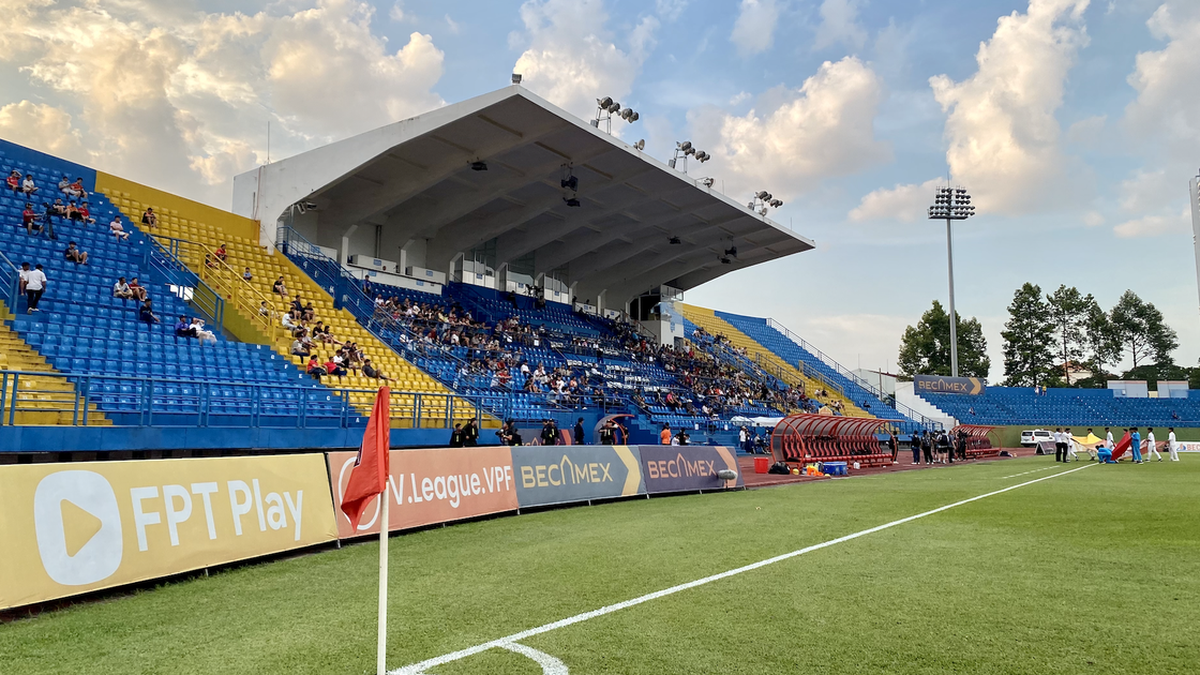




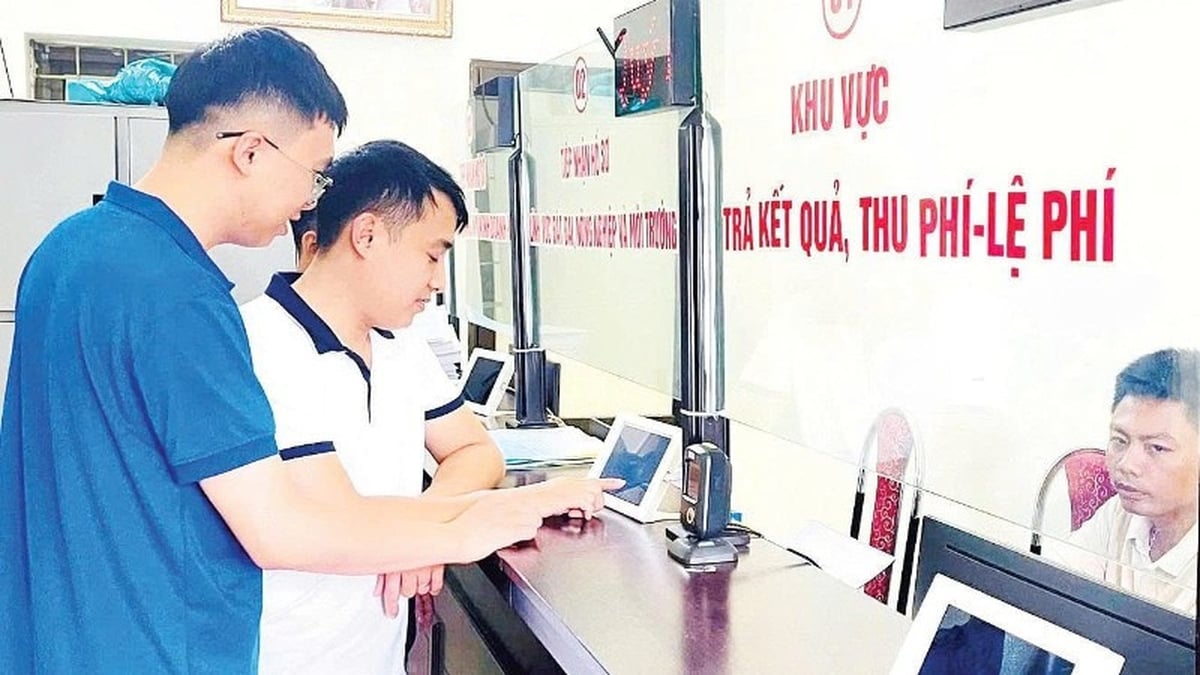


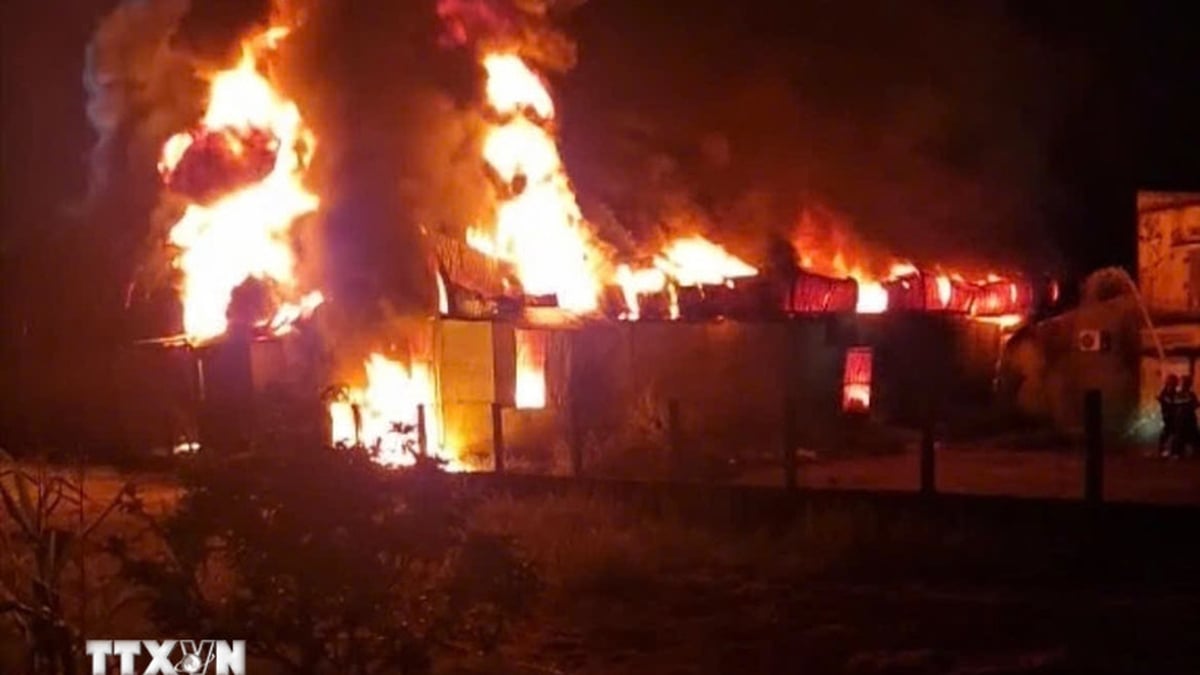
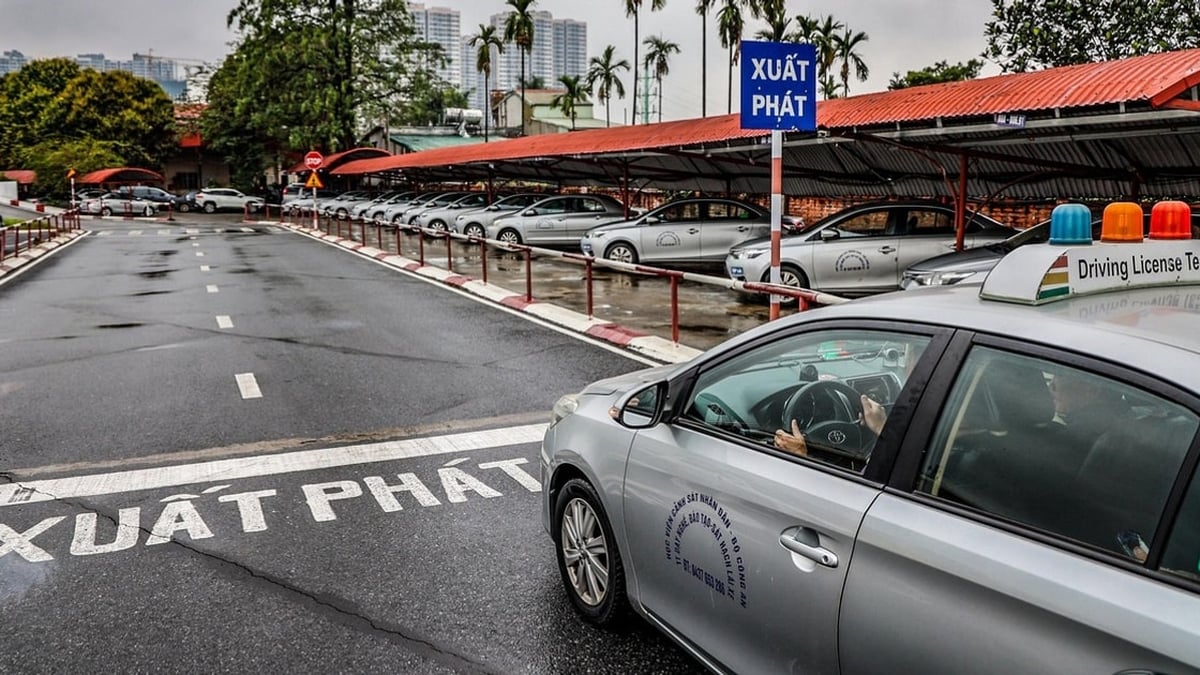













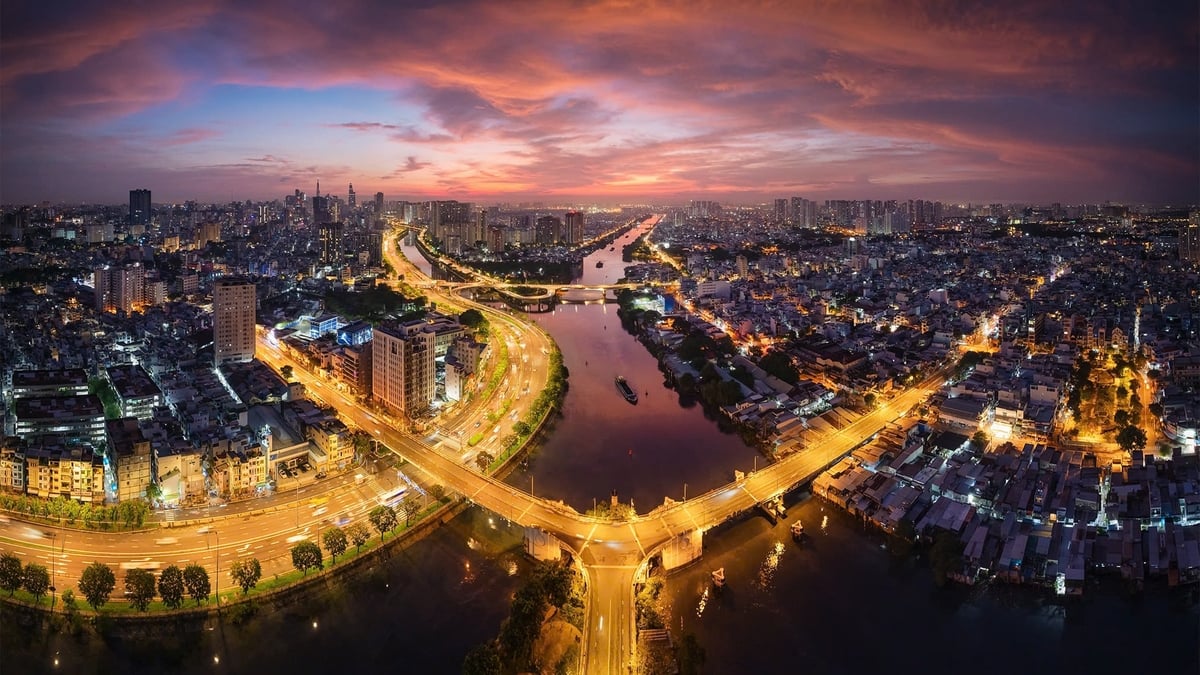






































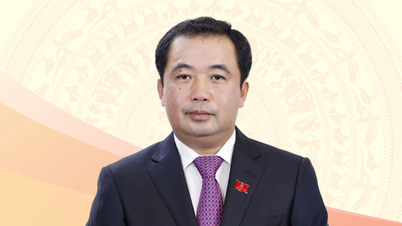





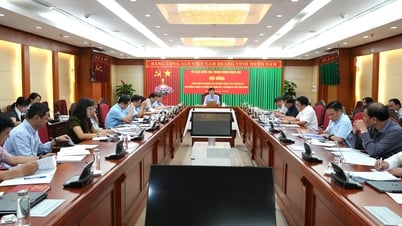



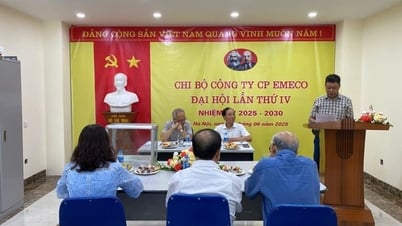
























Comment (0)